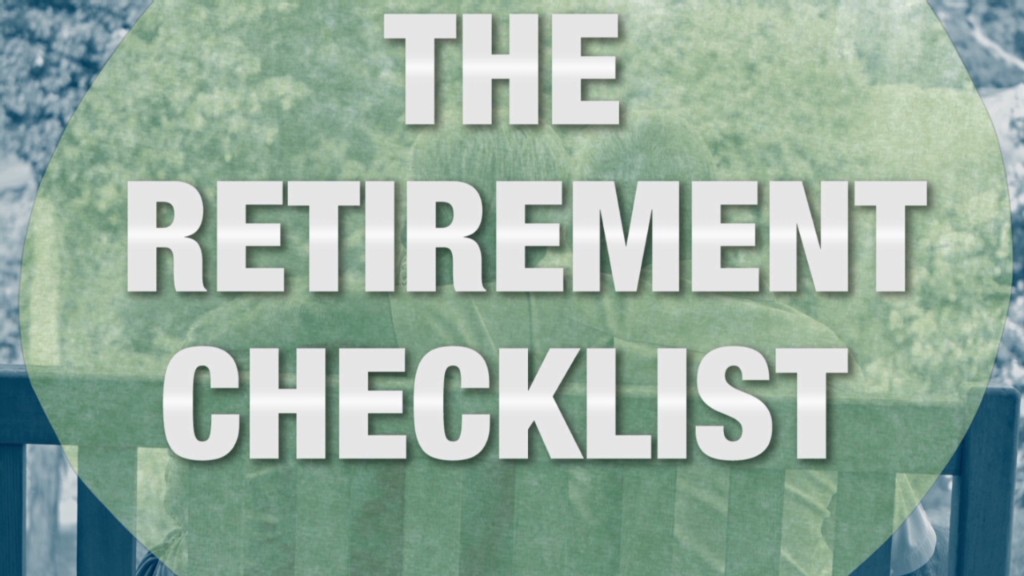
My wife and I have accumulated a good-size nest egg that we now need to draw on to pay retirement living expenses. Can you suggest a portfolio for generating current income?
—K.G., Dover, Delaware
When it comes to tapping savings in retirement, many retirees fall into what I call the "Income Investing Trap." They tilt their portfolios almost exclusively toward "income" investments - dividend stocks, high-yield bonds and annuities. They figure this is the best way to assure a safe supply of spending cash throughout retirement.
Big mistake.
Not only can that approach leave you with a lopsided portfolio, but many investments pitched to retirees as secure sources of income may not be as rock-solid as they seem. For example, investors who bought high-yield and emerging market bond funds in search of higher payouts suffered losses of 3% to 4% between mid-November and mid-December, as falling oil prices and currency jitters disrupted bond markets.
A more effective strategy: Invest your nest egg in a broad range of assets that can provide not just current income but capital growth as well. That way, you can then get the retirement spending money you need not just from interest and dividend payments, but also by periodically selling shares from your investment holdings.
You can adopt this more effective, and more balanced, strategy for producing sustainable retirement income by taking these three steps:
1. Start with a reasonable mix of stocks and bonds.
Of course, what's reasonable for many retirees - say, 50% stocks and 50% bonds - may be too aggressive or overly conservative for others. So the key is to arrive at a blend of assets that can deliver returns high enough to provide adequate income without subjecting you to losses so large that you'll spend down your nest egg too quickly.
You can get a sense of what mix of stocks and bonds you'll be comfortable with by filling out the risk tolerance questionnaire in RDR's Retirement Toolbox. I recommend that you repeat this exercise every couple of years throughout retirement, as many people become less tolerant of risk as they age.
2. Diversify your stock and bond holdings broadly.
Many retirees instinctively choose stocks that pay above-average dividends and bonds that feature outsize yields. The problem with that approach for bonds is that stretching for yield leaves you in lower-quality investments that get hit hardest at the first sign of economic weakness.
Focus too heavily on dividend stocks, on the other hand, and you may end up with shares of companies concentrated in just a few industries, leaving you vulnerable if those sectors falter. During the financial crisis, for example, the iShares Select Dividend ETF lost roughly 60% of its value, at least partly because it was then heavily weighted in financial stocks.
You're better off creating a portfolio that mirrors the broad stock and bond markets. The easiest way to do that is to invest in total stock and bond market index funds. These will give you a piece of virtually all publicly traded U.S. stocks and bonds.
If you feel you want to tilt your mix a bit toward dividend shares, fine. But don't let the make-up of your portfolio stray too far from that of the market overall.
You can see how your portfolio compares to the overall stock and bond markets by plugging your holdings into Morningstar's Portfolio Manager tool.
3. Set a sustainable withdrawal rate.
Set a withdrawal rate that's high enough to provide an acceptable level of income, but not so high that you'll burn through your assets early in retirement.
There's lots of debate about what that rate should be. But if you want your money to last 30 or more years, you should probably limit yourself to an initial withdrawal of 3% to 4%, and then adjust that draw annually for inflation.
For example, if you have a $1 million saved and go with an initial 4% withdrawal, you would pull $40,000 from your nest egg the first year of retirement. If interest and dividends from your portfolio total, say, 3% of your portfolio's value, or $30,000 that year, you would get the remaining 1%, or $10,000, by selling stocks or fund shares.
Depending on how your investments perform, you may need to lower or raise that withdrawal rate later on.
Plugging your investment and spending information into a good retirement income calculator every couple of years can help you decide whether you need to make an adjustment.
So don't fall into the Income Investing Trap when you're ready to start drawing cash from your portfolio for living expenses from your portfolio. Just follow these three steps, and you'll boost your chances of getting the income you need and lower the odds of running through your savings too soon.
Walter Updegrave is the editor of RealDealRetirement.com. If you have a question on retirement or investing that you would like Walter to answer online, send it to him at walter@realdealretirement.com.
More from RealDealRetirement.com
What Scrooge (Yes, Scrooge!) Can Teach You About Retirement Planning

